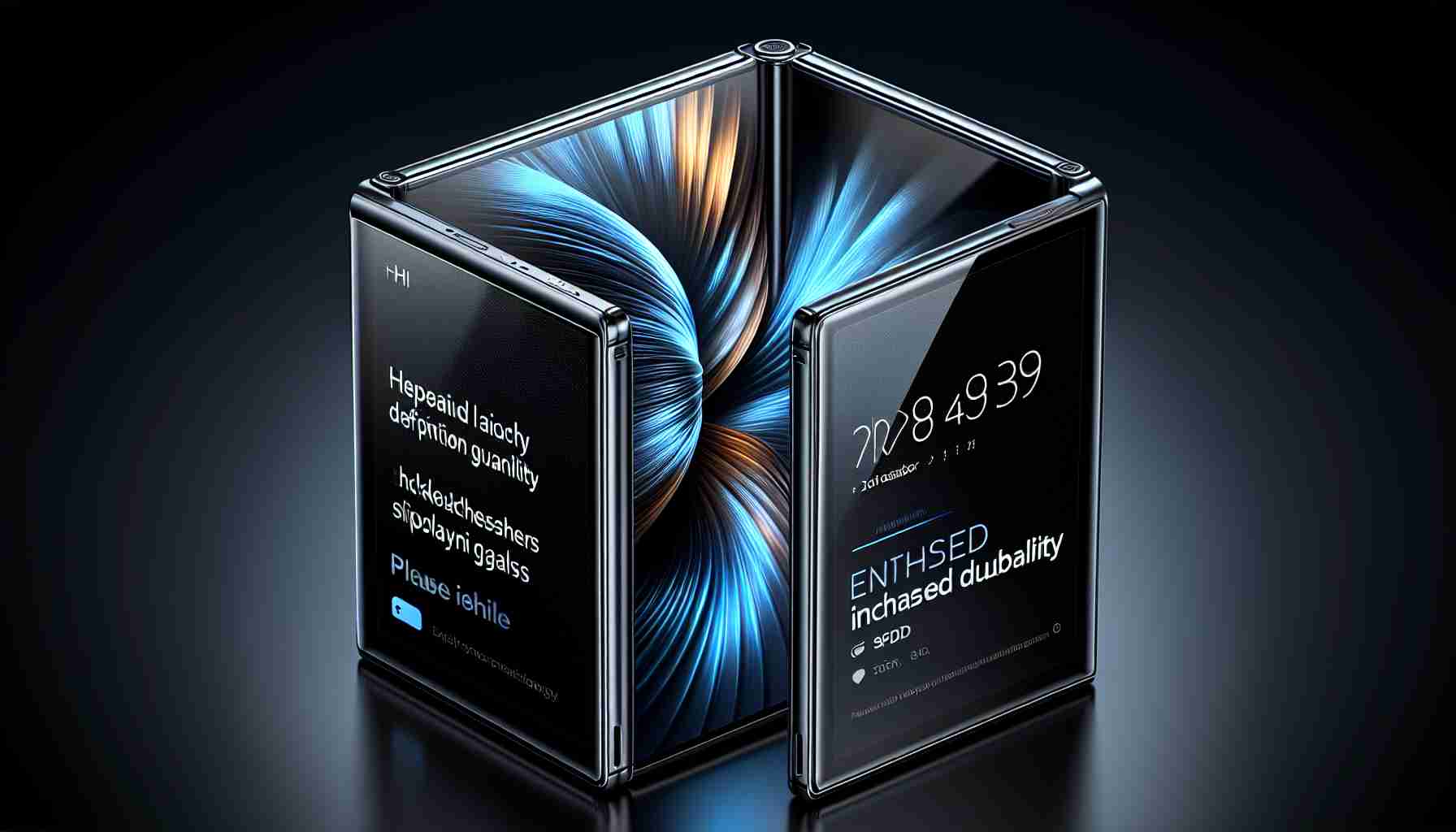Innovative enhancements are on the horizon for Samsung’s Galaxy Z Flip 6, setting a new standard in the foldable smartphone market. Information sourced from a reputable Korean publication suggests that the upcoming iteration of Samsung’s flagship flip phone will boast a more robust display. By increasing the thickness of its ultra-thin glass layer from 30 to 50 micrometers, the phone aims to address durability concerns that often accompany foldable technology.
The augmented glass layer is designed to deliver a double-edged improvement for the Galaxy Z Flip 6. Not only will the device offer greater resilience against the stresses of everyday use, but it will also aesthetically benefit from a reduced appearance of the crease at its fold, an issue that has been a point of contention among users of previous models.
As for the display’s luminosity, Samsung appears to be eyeing the competition closely, calibrating the brightness levels of the Z Flip 6 to remain on par with leading Chinese brands in the market. However, in terms of mechanical design, insiders report that the hinge mechanism is expected to remain unchanged from that of its precursor.
Samsung enthusiasts and tech aficionados now have these improvements to look forward to as they anticipate the official reveal of the Galaxy Z Flip 6— a device that promises not only to flip open a world of possibilities but also to endure the flip-flopping demands of foldable smartphone use.
Key Questions and Answers:
1. What significant improvement will the Galaxy Z Flip 6 feature?
The Galaxy Z Flip 6 will feature a thicker ultra-thin glass layer, increased from 30 to 50 micrometers, which aims to enhance both the durability and aesthetics of the device.
2. How does the thicker glass layer affect the phone’s durability?
The thicker glass layer provides greater resilience against everyday wear and tear, reducing the likelihood of damage when the phone is opened and closed frequently.
3. What aesthetic benefit does the thicker glass provide?
The increase in glass thickness is expected to reduce the visibility of the crease at the fold, which has been a notable concern with previous models.
4. Will the Galaxy Z Flip 6 have an improved hinge mechanism?
As per the sourced information, the hinge mechanism of the Galaxy Z Flip 6 is expected to remain unchanged from the previous model.
Key Challenges or Controversies:
– Durability Concerns: Despite the thicker glass, foldable phones, in general, face skepticism regarding long-term durability compared to traditional smartphones.
– Price Point: Foldable phones like the Galaxy Z Flip series often come with a premium price tag, which can be a barrier for widespread adoption.
– Competition with Conventional Smartphones: Convincing users to switch to foldable devices from the more established flat-screen smartphones can be challenging.
Advantages and Disadvantages:
Advantages:
– Enhanced Durability: The thicker display glass is expected to increase the phone’s resistance to damage.
– Improved Aesthetics: A less visible crease improves the visual experience for the user.
– Innovation: Continuous improvements in the foldable technology establish Samsung as a leader in this market segment.
Disadvantages:
– Cost: Increased production costs due to the thicker glass could translate into a higher retail price.
– Battery Life: Improving screen brightness to compete with other brands could impact battery performance.
– Perceived Risk: Some consumers may still perceive foldable phones as less reliable, deterring them from purchasing.
For more information about Samsung’s products and technology, you can visit their official website via this Samsung link. Please note, the URL provided is valid as of the knowledge cutoff date, and website URLs are subject to change.
The source of the article is from the blog toumai.es
